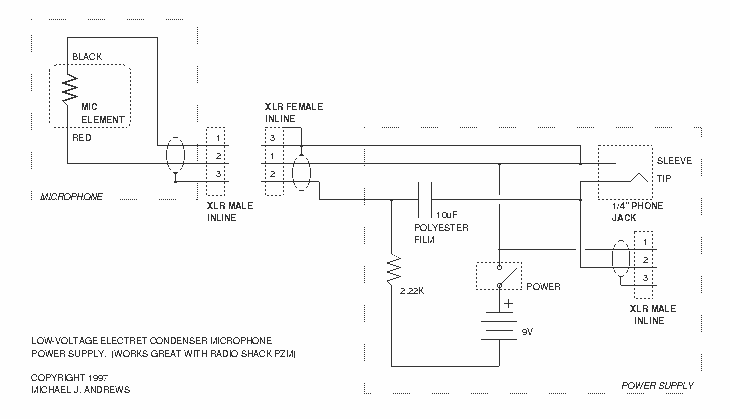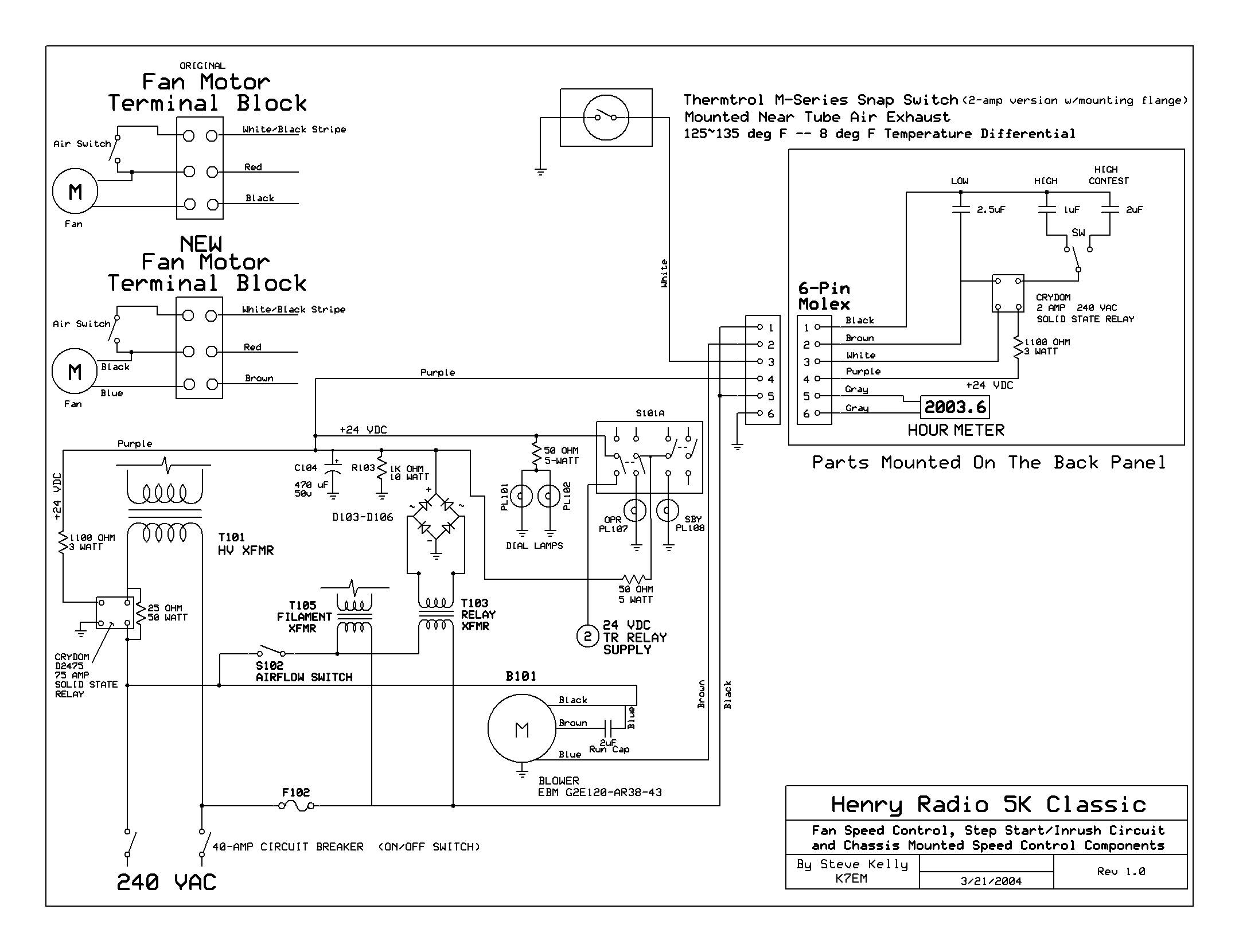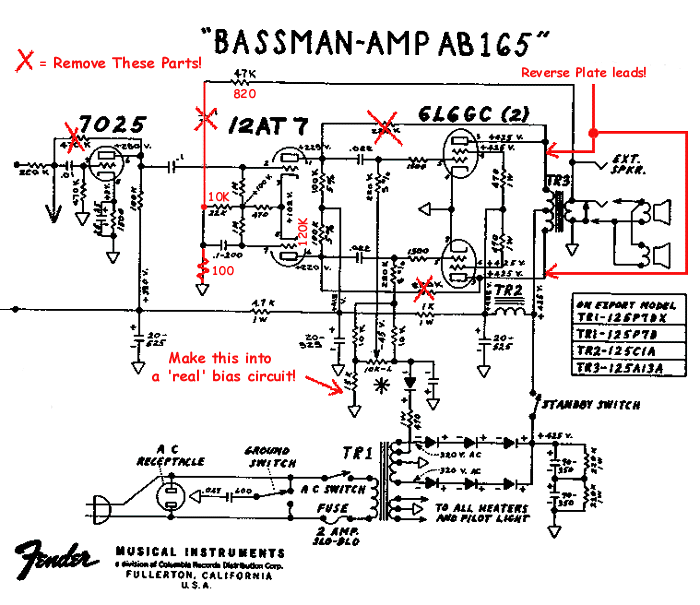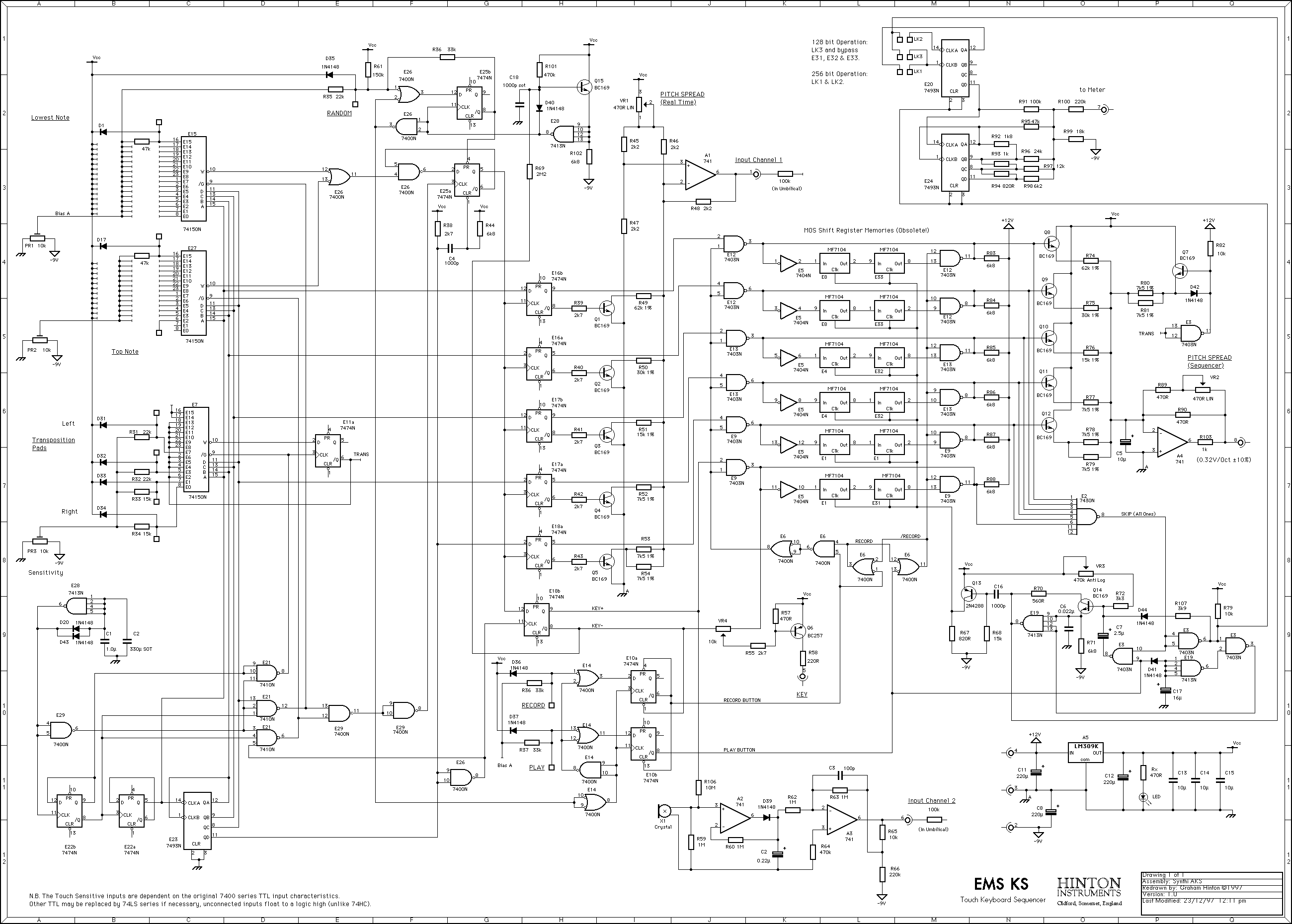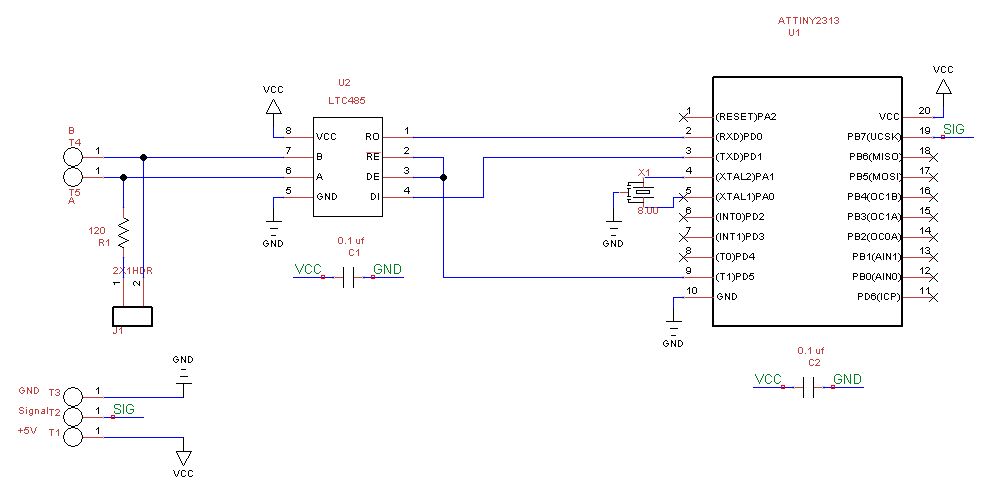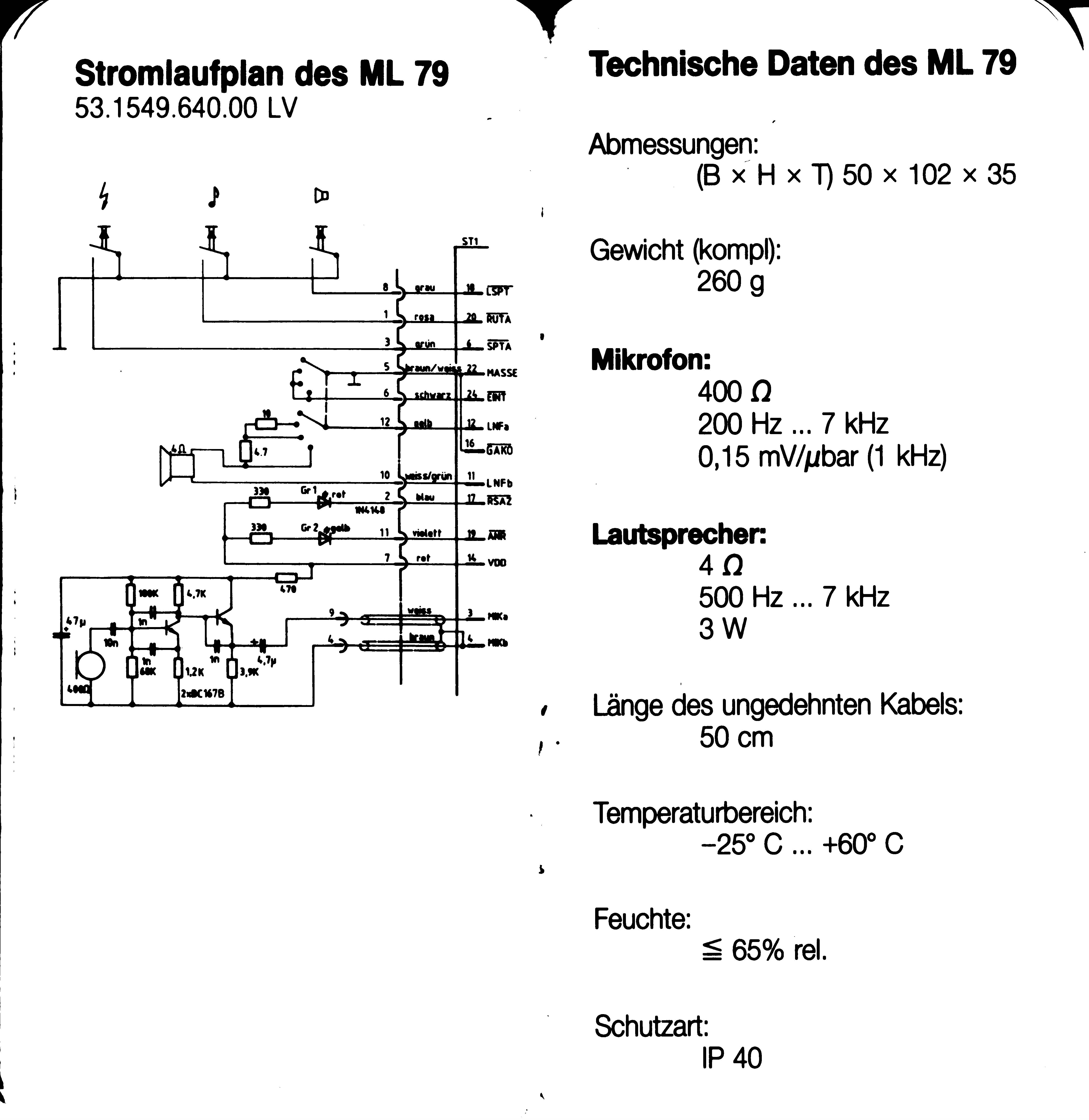
Fred Nachbaurs Theremax modifications
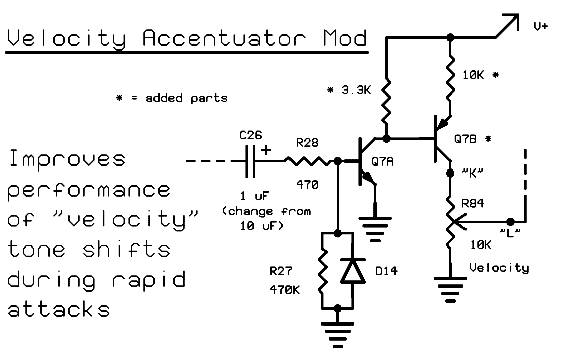
The purpose of this page is not to provide a comprehensive review of this popular theremin design, nor to introduce the intriguing world of theremins in general. For those unfamiliar with theremins, links are available on the index page. However, several comments are worth noting before discussing improvements to an already excellent design. The "Theremax" represents a refined implementation of the classic theremin concept. It performs all functions of traditional designs while incorporating additional circuitry, such as frequency-to-voltage converters (F-Vs), to transform pitch and volume signals into constant voltage (CV) signals for controlling external devices. This feature has led the designer to label it as a "Gestural Controller." The Theremax manages volume in a unique manner compared to other designs. Instead of utilizing a simple LC circuit that is detuned by hand proximity, it employs a separate pair of oscillators with an independent frequency-to-voltage converter to adjust volume. This results in a dynamic range significantly surpassing that of earlier designs, such as the SWTP design informally adopted by TECI (Theremin Enthusiasts Club International). The Theremax utilizes velocity (the derivative of volume) to alter sound characteristics by introducing asymmetry and even-order harmonic distortion into the voltage-controlled amplifier (VCA). This approach aims to create a sense of articulation in notes played with high velocity, similar to the varying sound of a piano struck with different intensities. The "Timbre fader" is another feature that influenced the decision to purchase and promote this intriguing device. It facilitates a transition between classic sine-wave sounds and a more aggressive square-wave sound. However, practical experience revealed some shortcomings in these features. After implementing the modifications outlined below and adding a "DIS*PLAYER" circuit, satisfaction with the instrument's performance was achieved. Initially, a noticeable drop in volume occurred when fading the Timbre pot all the way to the right (square-wave sound). This issue can be resolved by replacing R40 with a lower value resistor (150K was used), resulting in a smoother transition between sine and square wave sounds. As often happens with modifications, the left end of the pot became somewhat sensitive, causing the square-wave sound to increase rapidly. Replacing R81 (the 100K Timbre pot) with a logarithmic taper pot of the same value effectively addressed this inconvenience. Another shortcoming noted was that the timbral change during rapid attacks was not very perceptible. Verification of the circuitry confirmed that the operating point of Q11 was indeed being adjusted by the increase in velocity voltage on the wiper of the velocity pot. Additionally, the velocity voltage exhibited a prolonged decay time after an attack. Investigation revealed that leakage current through the 10 µF electrolytic capacitor (C25) contributed to this delay, along with the high impedance in the circuit. An important note: while the modification is safe if followed precisely, it should not be attempted by those uncomfortable with cutting circuit traces or soldering components "dead-bug"-style on the circuit board. This modification should only be performed once the instrument is confirmed to be functioning correctly according to the manufacturer's instructions. To execute the modification, remove transistor Q7 and set it aside. In its place, install a general-purpose PNP transistor, such as a 2N4403 or 2N3906 (referred to as Q7B). It is crucial to install the transistor backwards; the flat side should face the opposite direction as indicated on the silkscreen. This orientation positions its collector appropriately.
The Theremax theremin design demonstrates significant advancements in sound control and modulation capabilities compared to traditional theremins. The integration of frequency-to-voltage converters allows for enhanced interaction with external devices, making it a versatile tool for musicians and sound designers. The innovative volume control mechanism, which relies on a separate oscillator pair, provides a broader dynamic range, facilitating expressive performances. The incorporation of velocity-sensitive features adds a layer of responsiveness, allowing for nuanced sound variations based on playing intensity.
The modifications suggested enhance the overall user experience, addressing issues such as volume drop and sensitivity in the Timbre fader. Careful attention to component selection and configuration can optimize performance, ensuring the Theremax meets the expectations of both amateur and professional users. The attention to detail in the circuit design and modification process highlights the importance of precision in electronic instrument development, where even minor adjustments can significantly impact functionality and sound quality.The purpose of this page is neither to give a comprehensive review of this popular theremin design, nor to be an introduction to the fascinating and quirky world of theremins in general. If you`re wondering "What the heck is a theremin ", check out the links on the index page. That being said, there are a few comments that bear making before we g et on with improving an already excellent design. The "Theremax" is a nice implementation of the classic Theremin idea. It does everything that the more traditional designs do, plus it contains added circuitry (i. e. "frequency- to- voltage converters, " or more simply F-V`s) to convert the pitch and volume signals into "CV" (constant voltage) signals that can be used to control external devices. For this reason its designer has opted to call it a "Gestural Controller. " Theremax handles volume unlike any other design I`ve seen. Rather than using a simple LC circuit that is detuned by hand proximity, it employs a separate oscillator pair with its own frequency-to-voltage converter to effect the volume change.
The result is a dynamic range vastly greater than that afforded by previous designs such as the SWTP design informally adopted by TECI (Theremin Enthusiasts Club International). Theremax uses velocity (derivative of volume) to modify the sound by introducing asymmetry (and therefore even-order harmonic distortion) into the VCA.
The idea here is to give a feeling of articulation on notes that are played with high velocity, much as a piano sounds different when struck hard than when played softly. The "Timbre fader" was another feature that convinced me to buy, work with, and help promote this fascinating device.
This allows a transition between the classic sine-wave sound, and a harder, more penetrating square-wave sound. In practise, however, I found the last two features slightly lacking. However, after implementing the modifications detailed below, (and adding my "DIS*PLAYER" circuit), I was completely content with the instrument`s performance.
As supplied, there is a noticable drop in volume when fading all the way to the right of the Timbre pot (square-wave sound). Since this is easy to fix, I`m mentioning this one first. Simply replace R40 with a lower value (I used 150K). This gives a smoother, more even transition between sine and square wave sounds. As often happens in the wonderful world of mods, the left end of the pot now gets a little touchy, with the square-wave sound coming up quite rapidly.
Replacing R81 (the 100K Timbre pot) with a log-taper (audio taper or "A" type) pot of the same value as the original solves that little inconvenience quite nicely. The other shortcoming was that, to my ear at least, the timbral change on rapid attack was hardly noticeable.
I verified that the circuitry was working by using my scope to check that, indeed, the operating point of Q11 was being shifted by the increase of velocity voltage on the wiper of the velocity pot. Another problem was that the velocity voltage took a long time to decay after an attack. Investigation showed that part of the reason was leakage current through the 10 µF electrolytic C25 (quite a large value), and part of it was just the high impedance in the circuit.
IMPORTANT NOTE: While the modification is perfectly safe for your instrument if followed verbatim, you should not attempt this if you`re uncomfortable with cutting circuit traces or soldering parts "dead-bug"-style on your instrument`s circuit board. Also, this modification should only be undertaken once you`re certain that your instrument is functioning correctly as per the manufacturer`s instructions.
Remove transistor Q7, and set it aside. In its place, install a general- purpose PNP transistor, such as a 2N4403 or 2N3906 (henceforth called Q7B). However, install it backwards; the flat side of the transistor should face the opposite way as shown on the silkscreen.
This puts its collect 🔗 External reference
The Theremax theremin design demonstrates significant advancements in sound control and modulation capabilities compared to traditional theremins. The integration of frequency-to-voltage converters allows for enhanced interaction with external devices, making it a versatile tool for musicians and sound designers. The innovative volume control mechanism, which relies on a separate oscillator pair, provides a broader dynamic range, facilitating expressive performances. The incorporation of velocity-sensitive features adds a layer of responsiveness, allowing for nuanced sound variations based on playing intensity.
The modifications suggested enhance the overall user experience, addressing issues such as volume drop and sensitivity in the Timbre fader. Careful attention to component selection and configuration can optimize performance, ensuring the Theremax meets the expectations of both amateur and professional users. The attention to detail in the circuit design and modification process highlights the importance of precision in electronic instrument development, where even minor adjustments can significantly impact functionality and sound quality.The purpose of this page is neither to give a comprehensive review of this popular theremin design, nor to be an introduction to the fascinating and quirky world of theremins in general. If you`re wondering "What the heck is a theremin ", check out the links on the index page. That being said, there are a few comments that bear making before we g et on with improving an already excellent design. The "Theremax" is a nice implementation of the classic Theremin idea. It does everything that the more traditional designs do, plus it contains added circuitry (i. e. "frequency- to- voltage converters, " or more simply F-V`s) to convert the pitch and volume signals into "CV" (constant voltage) signals that can be used to control external devices. For this reason its designer has opted to call it a "Gestural Controller. " Theremax handles volume unlike any other design I`ve seen. Rather than using a simple LC circuit that is detuned by hand proximity, it employs a separate oscillator pair with its own frequency-to-voltage converter to effect the volume change.
The result is a dynamic range vastly greater than that afforded by previous designs such as the SWTP design informally adopted by TECI (Theremin Enthusiasts Club International). Theremax uses velocity (derivative of volume) to modify the sound by introducing asymmetry (and therefore even-order harmonic distortion) into the VCA.
The idea here is to give a feeling of articulation on notes that are played with high velocity, much as a piano sounds different when struck hard than when played softly. The "Timbre fader" was another feature that convinced me to buy, work with, and help promote this fascinating device.
This allows a transition between the classic sine-wave sound, and a harder, more penetrating square-wave sound. In practise, however, I found the last two features slightly lacking. However, after implementing the modifications detailed below, (and adding my "DIS*PLAYER" circuit), I was completely content with the instrument`s performance.
As supplied, there is a noticable drop in volume when fading all the way to the right of the Timbre pot (square-wave sound). Since this is easy to fix, I`m mentioning this one first. Simply replace R40 with a lower value (I used 150K). This gives a smoother, more even transition between sine and square wave sounds. As often happens in the wonderful world of mods, the left end of the pot now gets a little touchy, with the square-wave sound coming up quite rapidly.
Replacing R81 (the 100K Timbre pot) with a log-taper (audio taper or "A" type) pot of the same value as the original solves that little inconvenience quite nicely. The other shortcoming was that, to my ear at least, the timbral change on rapid attack was hardly noticeable.
I verified that the circuitry was working by using my scope to check that, indeed, the operating point of Q11 was being shifted by the increase of velocity voltage on the wiper of the velocity pot. Another problem was that the velocity voltage took a long time to decay after an attack. Investigation showed that part of the reason was leakage current through the 10 µF electrolytic C25 (quite a large value), and part of it was just the high impedance in the circuit.
IMPORTANT NOTE: While the modification is perfectly safe for your instrument if followed verbatim, you should not attempt this if you`re uncomfortable with cutting circuit traces or soldering parts "dead-bug"-style on your instrument`s circuit board. Also, this modification should only be undertaken once you`re certain that your instrument is functioning correctly as per the manufacturer`s instructions.
Remove transistor Q7, and set it aside. In its place, install a general- purpose PNP transistor, such as a 2N4403 or 2N3906 (henceforth called Q7B). However, install it backwards; the flat side of the transistor should face the opposite way as shown on the silkscreen.
This puts its collect 🔗 External reference
